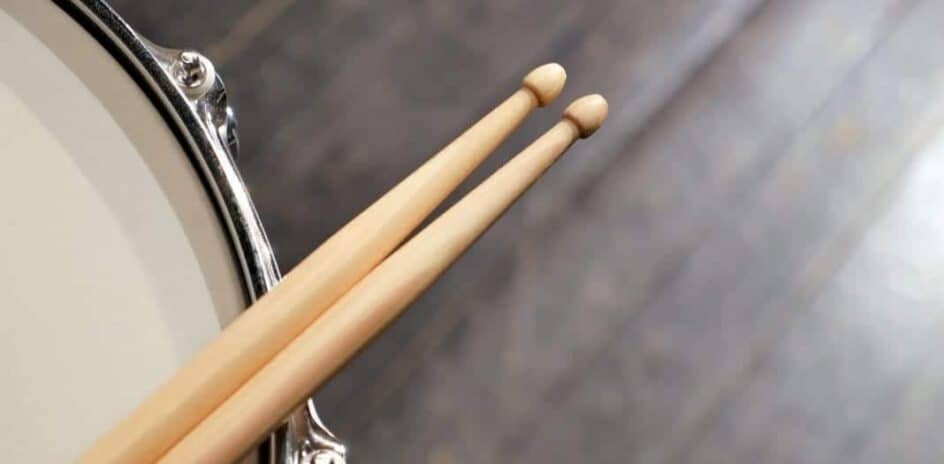Drums are considered the world’s oldest instruments, and they show for it in their sheer versatility. Traditional drums, such as the hand drum, are known for their duller, gentler noise, while modern drum sets produce sounds that are raucous and striking. With a wide range of choices available, how do you select the perfect drum to suit your needs? This simple, straightforward guide will outline the most common types of drums.
Acoustic Drums
Acoustic drums are modern, well-known versions of the instrument. Sets come equipped with not one drum, but multiple drums along with a variety of uniquely sized cymbals. If you’re looking for a strong, far-reaching sound, acoustic is generally the best option.
There are multiple variations of acoustic drums in size, configuration, and tone. Rock, fusion, and jazz drums are three of the most common. Rock drums have a deep, powerful tone and come in a variety of different—often larger—sizes. Fusion drums are softer but easier and quicker to play—they’re faster to respond to the drumsticks’ beat. They’re smaller than rock-style drums, but not markedly so. Finally, jazz drums are the quickest and lightest of all. They’re similar in size to their fusion-style counterparts.
Hand Drums
Another common type of drum is the hand drum. As their name suggests, hand drums are smaller, handheld instruments. They produce duller, flatter sounds than acoustic drums, and they’re fantastic for use in traditional folk music. The exact type of noise they produce depends on the force the musician applies and their specific playing style.
Congas, bongos, and the tabla are three types of hand drum. Congas are tall Cuban drums. Rarely used on their own, they’re commonly grouped into sets of two or three. There are three distinct sizes of conga drums: quinto, or small; conga or tres dos, or medium; and tumba, which refers to the largest drums. The size determines the pitch. Smaller drums have a higher pitch, and larger drums have a lower pitch.
Bongo drums are Afro-Cuban and commonly played alongside congas. They come in two sizes: macho, which is smaller, and hembra, which is larger. Lastly, the tabla, an Indian drum, normally comes in pairs. It’s played with either the fingertips or the heels of the hand.
Apart from these, there’s the tar drum, djembe, kanjiras, tambora, and more. If you’re unsure of how to select the best type of drum, these tips on selecting a hand drum can help.
Frame Drums
Frame drums are small, handheld instruments that are generally secured onto flat bases. They produce lighter, high-pitched sounds and are used in a few different cultures and musical genres. Tambourines are the most well-known form of frame drum, but other varieties include the bodhran and goblet drum. Tambourines are flat, lightweight drums with a single or double row of jingles attached. Bodhran drums are similar in appearance to the tambourine, but they have smooth outer rims. Goblet drums, as their name suggests, have chalice-like structures. Darbukas, which originated in the Middle East, are good examples of this, as are Moroccan taarijas.















